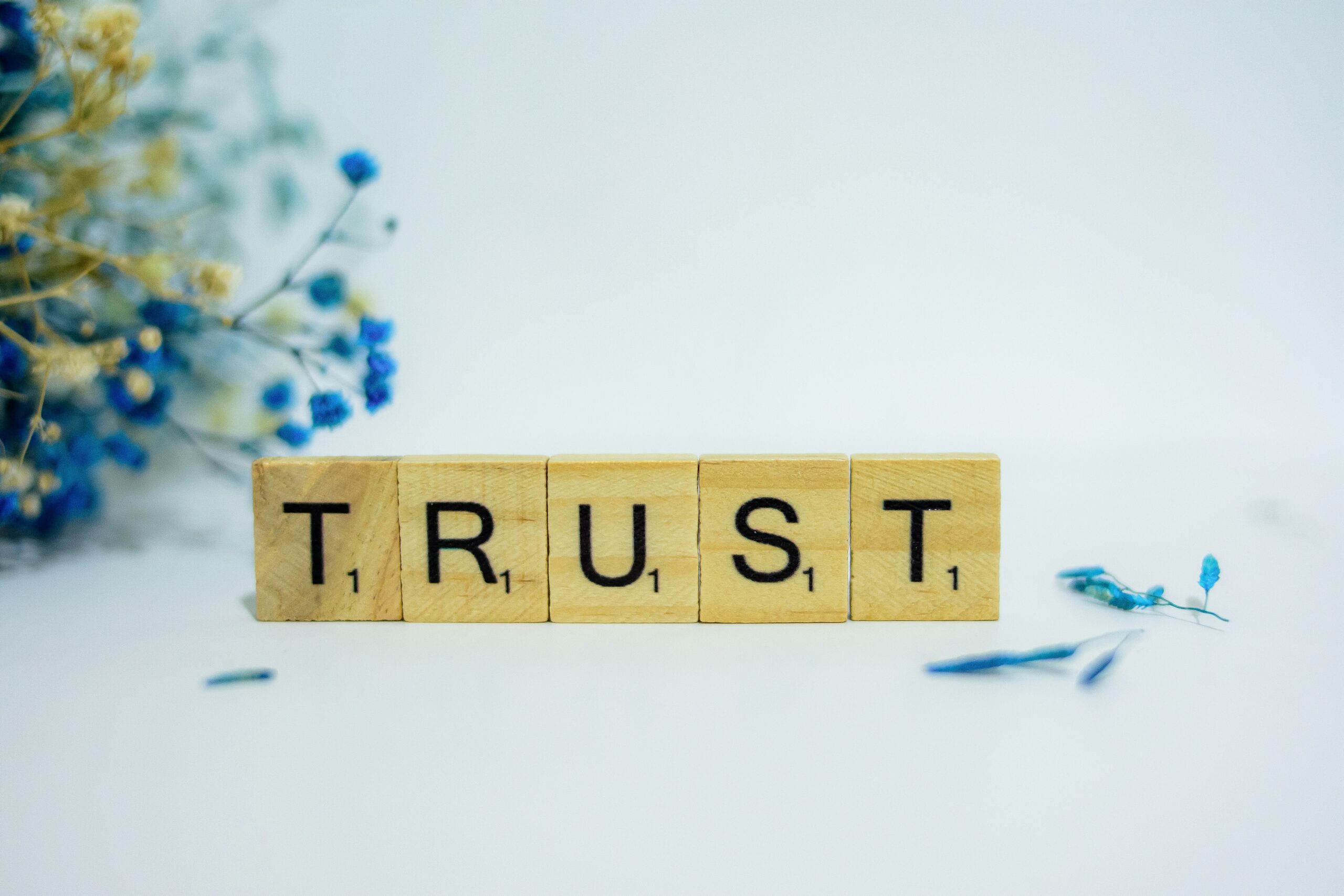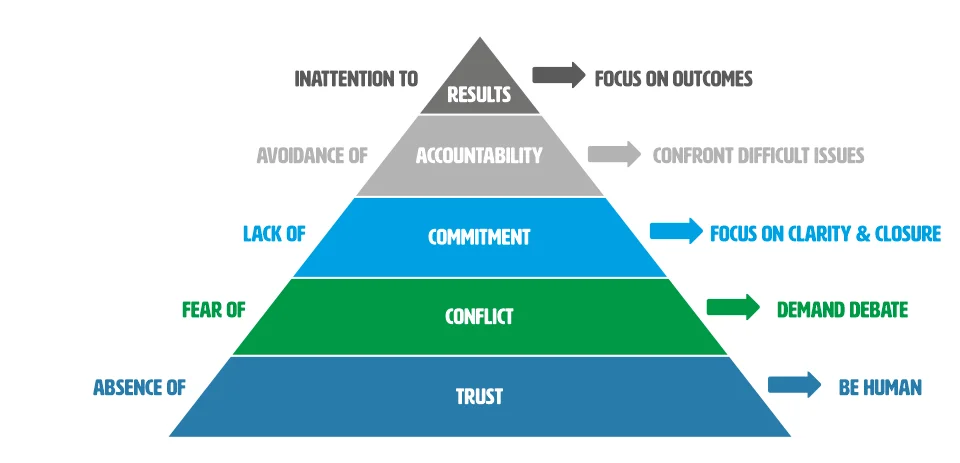The idea of organizing people into teams to create a product or provide a service seems pretty simple. What happens in practice that makes the implementation of this idea complicated?
I always get a burst of enthusiasm and energy when I start a new job or a new project. At first, everything seemed impressive and I have countless ideas, which I can’t wait to implement. Of course, you can’t do anything by yourself and you need to have the support of a team. And since the team consists of different people, for successful management (of both the team and the project), adequate adaptation is needed. I have to admit that I didn’t always find the right way and sometimes I made mistakes, but I always wanted to change and learn.
When I talk about interpersonal relationships, I often quote Meša Selimović and the truth of life: “It will be difficult for two people who think differently. It will be easy for two thinking people to agree.” I would add – with the condition that one person is free to express his opinion, without fear of negative consequences; and that the other person is open enough to consider and accept other people’s opinions.
What happens and why does the “dream” team become dysfunctional?
In the media, we often see the promotion of successful teams, and then, after a while, that team falls apart. This applies not only to business teams but also to all others – musical, sports, friendly. The famous author Patrick Lencioni identified five team dysfunctions and presented them in the form of a pyramid:
1.) Absence of trust is the basis of any team’s poor functioning. Mistrust can arise in any organization, at any time. What is worrying is the trend of declining trust, according to a global survey by Edelman Trust Barometer, as more than 63% of respondents in 2022 believe that business leaders deliberately mislead people.
2.) Fear of conflict arises due to a lack of trust and because the other party’s bad intentions are assumed. Controversial topics are skilfully avoided at meetings and all controversial situations and mistakes that could cause conflict are kept silent. In such an environment, employees care more about corporate policy and how to protect their positions than how to solve a business problem.
3.) Lack of commitment is expressed when teams avoid conflicts, give up constructive exchange of ideas, and enter a phase of disinterest. According to the Gallup Institute’s “State of Global Workplace 2022” survey, only 21% of employees are “engaged” at work, because they don’t feel appreciated enough. The work is then “done” and executed according to the superior’s instructions.
4.) Avoiding responsibility is characteristic of employees who do not see the meaning of their work, are not motivated, and then move along the line of least resistance, withdraw, and protect their position by trying to transfer responsibility to other team members. This slows down the entire work process and reduces productivity.
5.) Lack of focus on results occurs when teams do not have a clear vision of a common goal, lose focus, and cannot set the right priorities. Then, team members become stagnant, distracted, frustrated, and introverted. Sectoral “silos” are created and intersectoral communication is reduced, and transparency becomes selective. As a justification for unrealized results, excuses are invented or other sectors are blamed.
How to repair and build trust?
Agile organizations function precisely on the premise of trust. Good examples from practice show that teams are best self-organized, in conditions where a culture of open communication, learning from mistakes, understanding, respect for diversity, and assisting all team members is encouraged.
Agile leaders use proven tools to improve interpersonal relationships, which you can also apply:
- To get to know the team members, “personal maps” are used. It is a simple but very effective tool: if each team member writes basic information about himself on a sheet of paper (where he is from; what is his education; where he works; what is his hobby; what his life goals and values…) he will surely find someone point of contact and similarity with another member, which will connect them and facilitate further communication.
- To strengthen trust, it is necessary to show that, although you are a leader/manager, you are only human, who can make mistakes and who does not know everything. Just by admitting and disclosing the truth, you become more “humane” and closer to the employees with whom you shared this information.
- Agile teams are characterized by the exchange of opinions and the involvement of all team members, to reach the best decision. That is why it is necessary to encourage debate and consideration of the proposals of all team members, not just the loudest and most persuasive ones. To avoid the dominance of individuals, you can use a table with writing down suggestions, to ensure equality in giving ideas.
- To raise the level of commitment, it is necessary to clearly explain the vision of the “bigger picture”, i.e. why something is being done. By establishing common ground, it avoids the creation of silos and helps to understand the contribution and interdependence of all functions.
- Then, because the team needs focus, the main, big goal should be broken down into smaller parts, and responsibilities should be defined. Agile teams use a responsibility matrix that they set together, for all tasks. Then they continuously harmonize, help each other, and solve challenges, in short but frequent meetings.
- The secret to productivity in agile team meetings is that they must resolve all ambiguities and disagreements in the team, together and transparently. Each team member should feel free and safe to express their opinion, question or disagreement so that at the end of the meeting they create a quality conclusion with concrete action measures, deadlines, and responsibilities. Of course, giving authority while assigning responsibility is a condicio sine qua non.
In the end, it is important to deliver real value, ie. a quality result of the work of the whole team, but at the same time, the employees remain satisfied. Great Retention is the new goal of organizations, and this is achieved by an agile approach and by providing a safe and stimulating environment, created by a leader/manager whom employees trust.
Author: Nataša Predić


